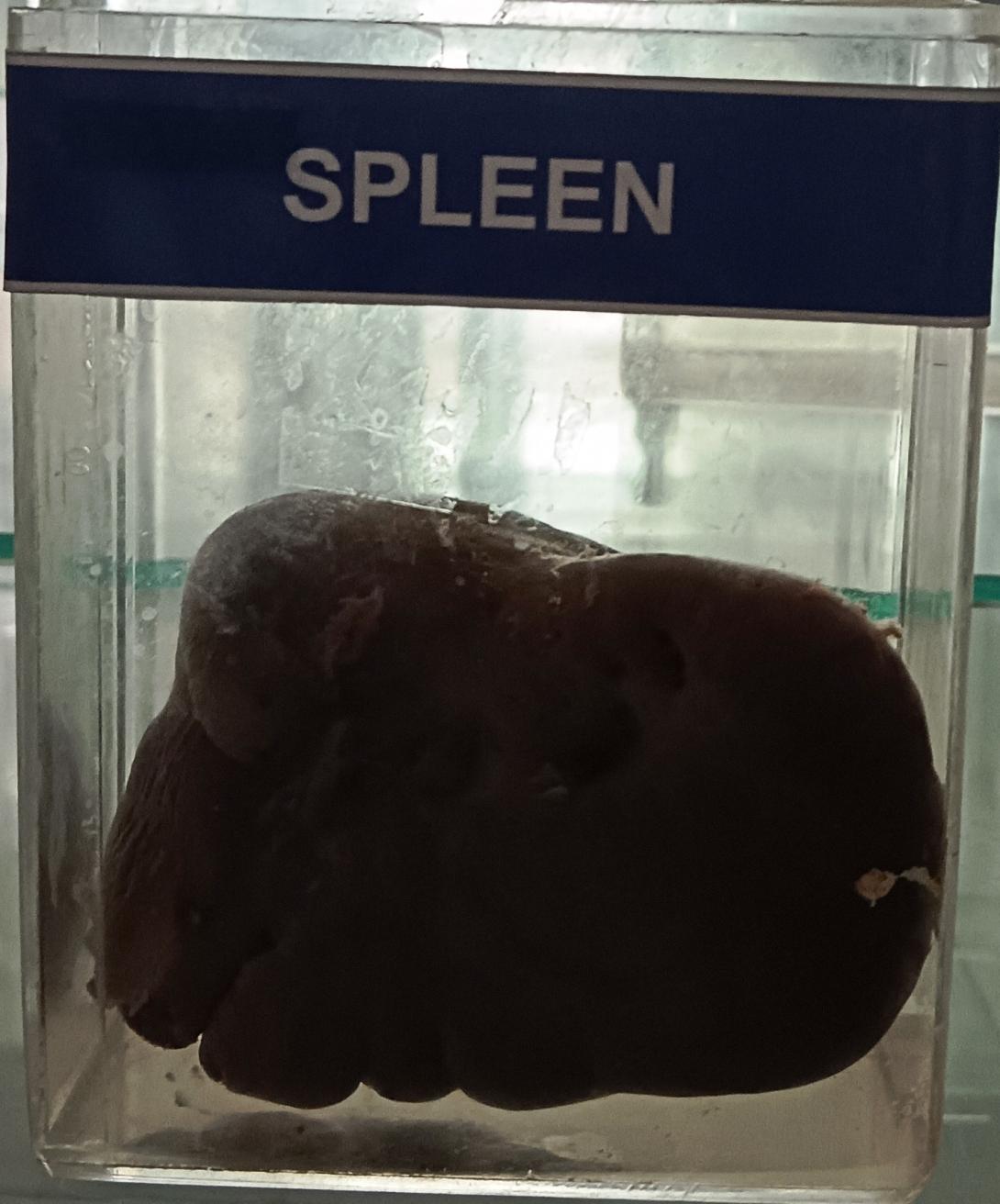The spleen is an organ located in the upper left quadrant of the abdomen, just beneath the diaphragm and behind the stomach. It is part of the lymphatic system and plays an important role in filtering the blood and fighting infections.
The spleen is a soft, spongy organ that is roughly the size of a fist in adults. It is divided into two main regions: the red pulp and the white pulp.
The red pulp is the outer layer of the spleen and is responsible for filtering the blood. It contains specialized cells called macrophages, which remove old or damaged red blood cells and other foreign particles from the bloodstream.
The white pulp is the inner layer of the spleen and is involved in the immune response. It contains specialized cells called lymphocytes, which help to identify and destroy bacteria, viruses, and other harmful substances in the bloodstream.
The spleen is connected to the circulatory system by the splenic artery and vein. Blood enters the spleen through the splenic artery and flows into the red pulp, where it is filtered by the macrophages. From there, the blood flows into the white pulp, where it is screened by the lymphocytes. Finally, the blood leaves the spleen through the splenic vein and returns to the circulatory system.
In addition to its role in filtering the blood and fighting infections, the spleen also plays a role in storing and releasing blood cells. It acts as a reservoir for red blood cells, platelets, and white blood cells, and can release them into the bloodstream in response to certain conditions, such as injury or infection.

